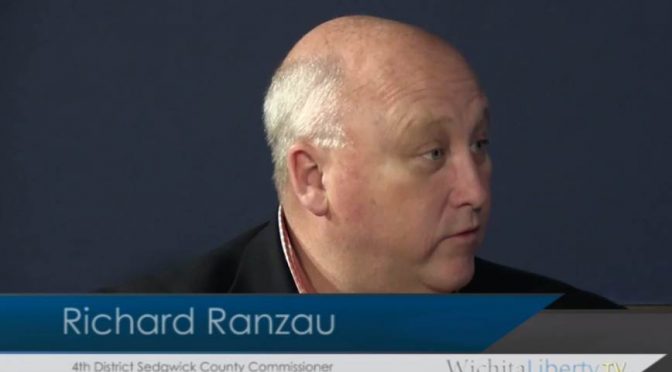“None of the Above” voting lets voters cast a meaningful vote, and that can start changing things.
As a voter, would you like to express your displeasure with the choices on your ballot? Are you tired of voting for the lesser of two evils? Would you like to have a reason to go to the polls even though it seems the contests are already settled?
If so, then NOTA, or “None of the Above,” may appeal to you. In this system, candidates for offices are listed on your ballot. Then, an additional choice is added: “None of the Above.” (Sometimes the language is like “None of these candidates.”)
Politicians don’t like “None of the Above.” Appearing on WichitaLiberty.TV recently, John Fund told of how a politician worried that he might lose to an empty chair, meaning that “None of the Above” received more votes. Fund retorted that would be true only if the chair was better.
What would we do if “None of the Above” won the election, having received more votes than any other candidate?
Would the second-place candidate be declared the winner and take office? This is the case in Nevada. In this case, the “None of the Above” vote’s role is advisory, indicating widespread dissatisfaction with the candidates. But that’s a powerful message.
Or, would the election be declared to have no winner? Then, would a new election be held? Could the same candidates run again, or would they be eliminated? This would be disruptive and have the cost of holding a new election. But this is better than electing someone who can’t earn more votes than “None of the Above.”
Why is voter turnout so low? One common reason given is that some people don’t like any of the candidates, so they don’t vote. But if a person doesn’t vote, what message do they send? What statement do they make? Apathy? Disgust? Adding a NOTA choice to ballots lets these dissatisfied voters cast a vote, and a meaningful vote. There is no confusion. It says to the parties: “I don’t like the choices you’ve given me. Try again.”
Other people regularly vote. Perhaps a person votes because they really like one or more candidates. These people are able to make satisfying votes. Or if they really dislike a candidate, they can cast a satisfying vote against that person. But: What if the other candidate (or candidates) are no better, or have other problems? Must a person vote for the “lesser of two evils” in order to make a statement? What statement is that? In election results, a vote for candidate A from someone who really likes him is indistinguishable from a vote for candidate A solely because the other candidates are worse.
On the choices we had in the 2016 presidential election, Zach Ruby wrote in The Federalist:
Our government’s legitimacy is based on the consent of the governed. But our elections are structured so that the only way to withhold consent is not to vote. Low turnout may signal our disinterest or disapproval, but one of the unqualified candidates will still become president. We need a way to withhold consent through voting. That means we need None of the Above (NOTA) to be on the ballot.
With “None of the Above,” voters can take a positive step that says, “we do not consent to these choices.”
(Ruby noted that there were candidates besides Hillary Clinton and Donald trump on most ballots. But votes for third-party candidates often feel like “wasted” votes. Ranked preference voting can help in this regard.)
A vote of protest is important. Often I’ve refrained from voting for any listed candidates because I felt none were worthy to hold office. Sometimes I’ve felt that there should not be an office (Insurance Commissioner comes to mind), so I did not cast a vote for that office. It’s my own little way of protesting. In election lingo this is called an “undervote.” It has little meaning, because people undervote for many reasons. But voting for “None of the Above” gives voters a meaningful choice in instances like this.
Voting for the lesser of two evils is a choice we often face as voters. In the recent Wichita school board election, there was one contest between a thoroughly despicable incumbent and a challenger whose ideology is distinctly Marxist. Who to vote for in this instance? “None of the Above” would be a satisfying — and correct — choice. Voting for “None of the Above” sends a message that neither candidate is acceptable.
Voters who really need a “None of the Above” choice are those in Alabama. Do you want to send a liberal Democrat to the United States Senate? If your answer is no, then your only choice — if you want to vote — is to vote for a candidate facing credible charges of child molestation. That’s a choice we shouldn’t have to make. “None of the Above” voting lets voters cast a meaningful vote that says “I do not consent to these choices,” and that can start changing things.

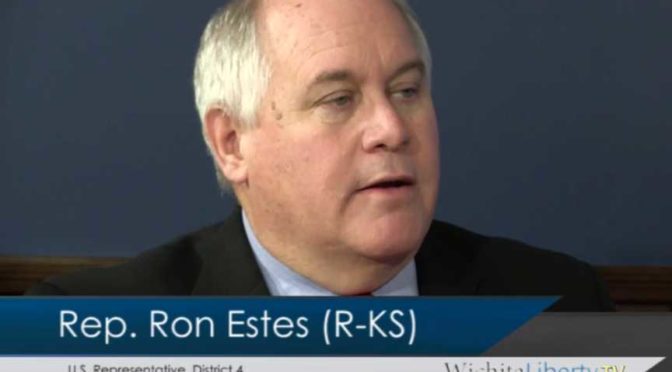

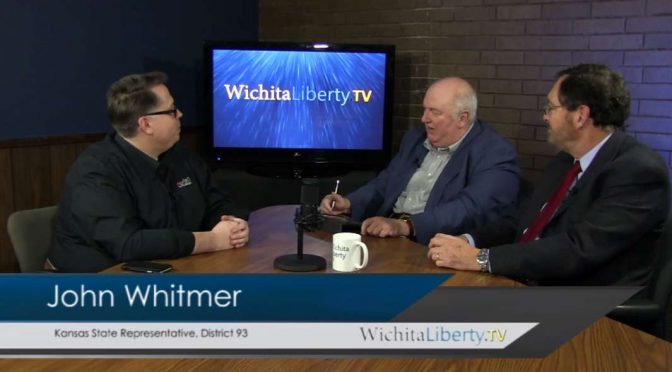
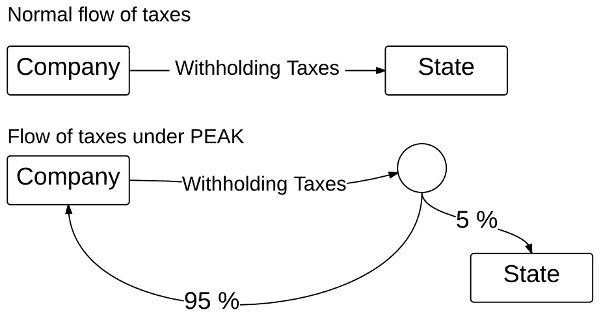


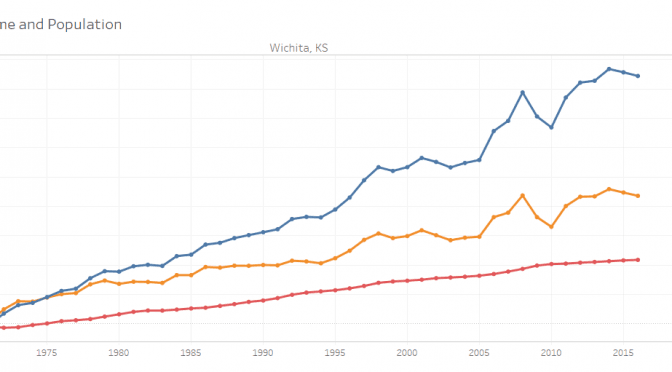


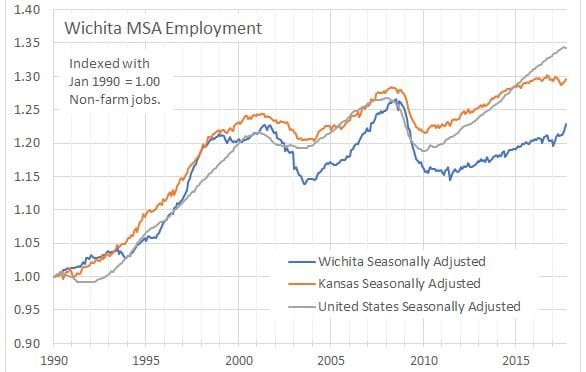


 In the first example, the unemployment rate fell by nearly half for the time period chosen. (2010 was the first full year after the most recent recession ended.) That improvement was produced by a small increase in the number of employed people and a large decline in the labor force. Is our area better off for this? Local politicians and bureaucrats seem to think so, as the low unemployment rate is widely cited as a measure of their success in managing the local economy.
In the first example, the unemployment rate fell by nearly half for the time period chosen. (2010 was the first full year after the most recent recession ended.) That improvement was produced by a small increase in the number of employed people and a large decline in the labor force. Is our area better off for this? Local politicians and bureaucrats seem to think so, as the low unemployment rate is widely cited as a measure of their success in managing the local economy. The second example uses as its starting point 2008, which was the high mark for employment in the Wichita MSA. The unemployment rate then is nearly the same as today. But both the labor force and the number of employed persons is down.
The second example uses as its starting point 2008, which was the high mark for employment in the Wichita MSA. The unemployment rate then is nearly the same as today. But both the labor force and the number of employed persons is down.

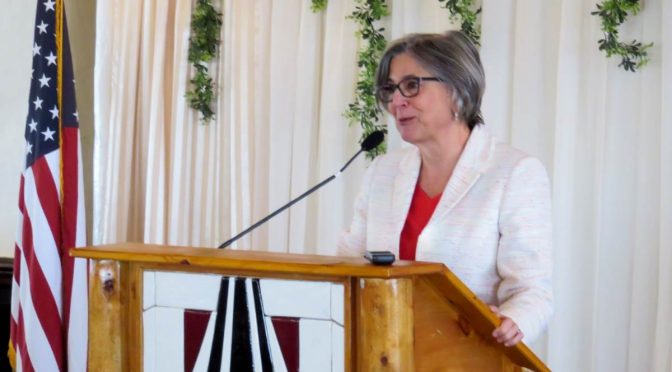
 Kansas Senate President
Kansas Senate President 